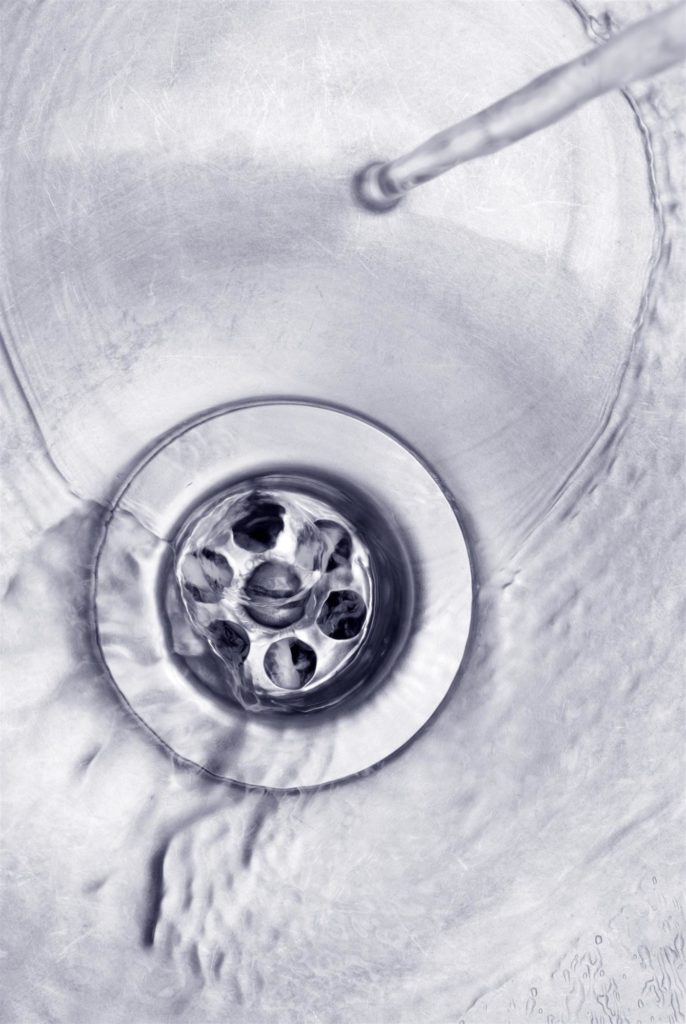Plumbing Tips for Pet Owners
Pet care and plumbing safety aren’t often brought up together. However, dogs, cats, and other animals can interact with your drains and pipes in unexpected ways. Neglect certain practices, and you are likely to need a licensed plumber to fix the problem—immediately.
What to Do
Despite the risks posed by pet dander, curious animals, and thirst, there are things you can do to protect your plumbing and your pet. These include using:
- Drain stoppers or strainers: Bathing a dog or cat is necessary, but just a small amount of shedding can cause a drain to clog. They may not seem to be shedding at the time. A rinse and a scrub can, however, release a lot of fur. The stopper or strainer will block the hair and prevent a big fuzzy glob from clogging things and causing a backup.

- Wrap pipes: There’s no guarantee a teething puppy or kitten won’t chew on an exposed pipe. They could get hurt or cause a major plumbing problem. Wrap pipes in a chew-resistant material or, if possible, hide them entirely so local plumbers aren’t needed for repairs.
- Cover drains: A young animal that sticks its paw in a drain can be seriously injured. If they’re small enough, they could even fall in and get trapped inside the drain. That is why a cover is so important. Drain covers are easy to purchase and prevent the dangers of pets getting into open drains.
- When washing a pet, check the water pressure and temperature: High water pressure can be uncomfortable for your pet and, at the worst, even injure them. Low pressure might prolong the cleaning process. You want it just right, so the experience is as positive as possible. Always test the temperature with the inside of your wrist, first, to make sure it’s not too hot or too cold.
- Make sure there’s plenty of drinking water: Always leave water out. Thirsty pets can get desperate. It’s not unheard of for them to turn on faucets, which can be dangerous and cause a flood or high water bill.
What Not to Do
To avoid adverse impacts on your plumbing:
- Don’t leave pipes exposed: Exposed pipes encourage clawing and chewing, which may lead to injury and a phone call to a 24-hour plumber.
- Don’t flush pet waste or cat litter: Pet waste and litter can easily clog up pipes. If a cat enjoys reaching into the toilet bowl, the fur and litter it might carry can lead to clogs. Try to keep the toilet off limits.
- Don’t keep the lid up: Close the lid so pets can’t reach the water. Besides, they risk getting hurt reaching in, and chemical residue from commercial cleaners can be harmful if ingested.
Count on Christianson Air Conditioning & Plumbing
Christianson is a 24-hour plumbing service experienced in all types of installations and repairs. Whether problems are caused by pets or other factors, a licensed plumber will find the source of the issue and take the right course of action. For assistance, contact us today or call one of our local offices in case of an emergency.
Tags: Pets and plumbing, Plumbing tips



Sorry, comments for this entry are closed at this time.